- The construction of industrial parks has become a new trend in the Silk Road economic belt

On July 5, 2021, six projects including the infrastructure construction in the northern zone of the Gwadar Port Free Zone in Pakistan, the Gwadar Fertilizer Plant, the Gwadar Exhibition Center, and the Gwadar Animal Vaccine Plant held a ceremonial commencement. Gwadar Port, operated by China Overseas Port Holdings Co., Ltd., once again received good news.
Hearing this news, Chinese people will be proud of Chinese companies "going out". Some people may also ask questions. Previously, we heard that European and American multinational giants such as Wal-Mart and GE set up factories overseas. Why do Chinese companies "go out" "Going out" is to build a park overseas? What this reflects is actually an important new trend in the current global international investment field. As a new international investment model with important potential, cross-border construction of industrial parks is also likely to be an important part of China’s contribution to the world’s economic development and China’s solutions.
Chinese companies go to sea in groups
In recent years, anti-globalization and protectionism have prevailed, and bilateral and multilateral trade and investment systems have suffered successive setbacks. Most of the Belt and Road countries are still in the early and mid-stage of industrialization. The construction of overseas parks based on the concept of "comprehensive consultation, joint construction and sharing" provides a Chinese solution for getting out of this dilemma. Overseas parks are a special, flexible and pragmatic way of sub-regional economic cooperation, which is more inclusive. In terms of form, overseas parks draw on China’s "special zone", "development zone" and other industrial park development experience, create an economic development community in the host country where the government and enterprises participate together, and provide a package of support measures such as infrastructure, policy support, and safety guarantees for settled enterprises . The platform of offshore parks provides facilitation conditions and institutional guarantees for the capital export of the home country through inter-governmental coordination and provides a public product called "parks", and protects the investment safety and interests of Chinese investors in relatively backward developing countries. It has created a lot of opportunities for the economic development and employment of the host country. It can be seen that the construction of overseas parks has played an active role of the government in international governance, to a certain extent, made up for the failure of international governance, and built a convenient channel for capacity cooperation between capital exporting countries and host countries.

Overseas parks have effectively promoted the industrialization of the country where the parks are located and the development of related industries. China overseas parks have clear distinctions of industry types and corresponding development characteristics. The relatively mature industries in China Overseas Parks currently include textiles, home appliances, machinery, electronics, building materials, chemicals, resource development, and technology research and development. At present, China overseas parks can be divided into six types according to the type of park positioning: processing and manufacturing, resource utilization, agricultural development, commerce and logistics, technology research and development, and diversified and integrated.
In the China-Mongolia-Hungary Economic Corridor, New Eurasian Continental Bridge Economic Corridor, China-Central Asia-West Asia Economic Corridor, China-Pakistan Economic Corridor, Bangladesh-China-India-Myanmar Economic Corridor, and China-Indochina Peninsula jointly announced by the Ministry of Commerce, the Ministry of Foreign Affairs and the State Bureau of Surveying and Mapping Among the 65 countries and regions that the six major economic corridors of the Belt and Road pass through, such as the Economic Corridor, there are 45 Chinese overseas parks that have been constructed and developed. The distribution of the main 45 Chinese overseas park types in countries and regions along China's One Belt and One Road is as follows, with the largest number of multi-integrated parks.
At present, China’s overseas industrial parks are located in Asia, Europe and Africa covered by the six major economic corridors of the Belt and Road. They are mainly distributed in Southeast Asia, South Asia and Eastern Europe in Europe, and Kyrgyzstan and Uzbekistan along the "Silk Road Economic Belt" , Russia, Pakistan, Hungary and Cambodia, Thailand, Vietnam and Laos along the "21st Century Maritime Silk Road" are the concentrated areas of China's overseas parks. Asia is the main area and key area where China's overseas parks are distributed. Of the 45 Chinese overseas parks in the countries and regions along the Belt and Road, 37 are located in Asia and 7 are in Europe.
The Belt and Road covers 65 countries and regions with a total population of more than 4.4 billion. It has a huge market space and provides a broad stage for the overseas development of central enterprises. As an important pillar of China's economic development, state-owned enterprises have made full use of their own strength and technology to actively participate in the construction of the Belt and Road Initiative, becoming an important backbone force in China's implementation of the Belt and Road Initiative, and have achieved remarkable results.
Central SOEs act as the main force to accelerate global deployment
At the beginning of 2019, the SASAC selected 10 central enterprises, including Aerospace Science and Technology, PetroChina, State Grid, Three Gorges Group, National Energy Group, China State Construction, China Automotive Industry Corporation, and China General Nuclear Power Group as the creation of world-class demonstration enterprises, and strive to spend about 3 years. Significant results have been achieved overall. The global layout of state-owned enterprises is advancing in depth.
Xiao Yaqing, director of the SASAC, said, “To build the international competitiveness of state-owned enterprises is to form a group of leading companies that can gradually occupy a leading position in the allocation of international resources, and play a leading role in the development of global industries. Enterprises that have the right to speak and have influence.” When talking about the next step of international planning, many heads of central enterprises said that they will actively improve the level of opening up and use international cooperation to increase the international influence of state-owned enterprises.
As of October 2017, the scale of overseas assets of central enterprises exceeded 6 trillion yuan, distributed in 185 countries and regions around the world. Their business has expanded from engineering contracting and energy resource development to high-speed rail, nuclear power, telecommunications, power grid construction and operation and other fields. Effectively enhance China's right to speak in the international arena.
From the perspective of the number of orders, CRRC’s international business contract value increased from US$3.588 billion in 2012 to US$8.1 billion in 2016, an increase of 125.8%. Among them, orders from the Belt and Road accounted for a large proportion of export orders. Liu Hualong said that CRRC should not only "go global", but also drive related industries and standards to "go global" and contribute "Chinese wisdom" and "Chinese solutions" to the world's rail transit construction.
Meng Fengchao, chairman of China Railway Construction Corporation, said that China Railway Construction will continue to actively participate in the construction of the Belt and Road Initiative and share the construction results with the people of all countries along the route. Zhang Jianhua, general manager of China National Petroleum Corporation, said that PetroChina has participated in nearly 100 oil and gas investment projects in countries along the Belt and Road. In the future, PetroChina will carry out international cooperation with a more active and open attitude.
Li Jin, the chief researcher of the China Enterprise Research Institute, said that in order to occupy the middle and high end of the industrial chain and value chain and enhance China’s comprehensive national strength, it is necessary to have a group of large enterprise groups with strong international competitiveness, and state-owned enterprises should seize new opportunities. Opportunities and space to accelerate the improvement of international competitiveness. "In recent years, the overall strength of central enterprises has increased significantly, but looking at the international market, competitiveness still needs to be continuously improved." Li Jin said.
From "world-level" to "world-class", to achieve new goals and tasks, new means and new power are needed. In the next step, central enterprises will speed up their international deployment, actively participate in the construction of the Belt and Road Initiative, and increase the international influence of state-owned enterprises by opening up to the outside world and participating in international cooperation.
SINOMACH covers 48 countries along the One Belt One Road, covering various fields such as municipal administration, energy, environmental protection, water conservancy, housing construction, industrial construction, petrochemicals, and transportation. Ren Hongbin, Chairman of SINOMACH, said, “In the future, SINOMACH will focus on promoting the transformation and upgrading of international business. From general trade, complete equipment, to general contracting of projects, overseas investment and operation, and to overseas mergers and acquisitions, it will gradually develop into an international industry. The explorer and leader of chemical management". SINOMACH’s overseas development path represented by the Sino-Belarusian Industrial Park is the epitome of the continuous upgrading of state-owned enterprises from product outreach to industry outreach, capital outreach and model outreach. Only by continuously absorbing new blood, new ideas, and new technologies, can companies push the industrial chain and value chain to the high end. The accumulative reputation of a successful project is better than countless times of fighting for reasons in negotiations.

In the countries along the Belt and Road Initiative, CCCC’s subsidiaries have built approximately 10,320 kilometers of roads, 95 deep-water terminals, 10 airports, 152 bridges, and 2,080 kilometers of railways. In 2016, China Communications Construction's foreign contracted projects accounted for approximately 14% of the country's foreign contracted projects. More than 100 new projects were signed along the route, and the contract value exceeded 10% of the total contract value of the Belt and Road.
CRRC continues to expand its overseas business scale by leveraging on the Belt and Road Initiative. In 2016, CRRC's overseas business performance achieved remarkable results. It successively obtained orders for Kenyan diesel locomotives, Thai BTS subways, Indian subways, Pakistani trucks, etc., and continued to consolidate its traditional market position; successfully won the Chicago subway project, Australia Melbourne subway order, and Czech EMU It has become the norm for railway equipment products to enter developed countries.
The Asia-Djibouti railway built by China Railway Construction, the infrastructure construction of the "China-Pakistan Economic Corridor" and the Mombasa-Nairobi Railway undertaken by China Communications Construction, China Merchants Group's first Djibouti project that replicates the "Front Port-Central District-Back City" model overseas And so on, are all monuments of the reputation and quality of central enterprises.
Industrial park going out
The high-quality participation of state-owned enterprises in the construction of the Belt and Road is more conducive to fully presenting a good Chinese enterprise and national image to the local and international society, and gaining more and more national support and the welcome of local enterprises and people.
From January to May 2020, the new non-financial direct investment of Chinese enterprises in the Belt and Road countries increased by 16% against the trend, indicating that the Belt and Road Initiative will play an increasingly important role in the internationalization of Chinese enterprises. At present, overseas industrial parks have become one of the important platforms for advancing the construction of the Belt and Road Initiative and international production capacity cooperation.
Qi Zhijun, head of Ernst & Young’s Belt and Road Consulting Services, said: “Overseas industrial parks are based in central cities in the countries along the route, integrating policies and resources, which have a clustering effect on upstream and downstream enterprises in the industrial chain, and provide new development opportunities for Chinese companies to go global.”
The development of China's overseas parks started from the spontaneous construction of enterprises, and gradually rose to the guidance and promotion of the state, forming three construction and operation modes with Chinese characteristics. The first is to promote the construction of cross-border linkage park platforms overseas, such as domestic development zones and science and technology parks, led by governments at all levels in China. The starting point is high and the progress is fast. It is helpful to replicate the experience of domestic park construction and realize the realization of domestic parks and overseas parks. Interactive development. The second is for leading companies to build overseas parks in countries along the Belt and Road. While realizing the transfer of their own production capacity, they will drive the industrial chain to "go global." The third is the "building nests and attracting phoenix" mode led by professional park operators. Some domestic professional industrial park operators have also gone abroad to carry out the construction and operation of overseas parks abroad.
At present, the "going out" of the park has become an important part of China's all-round opening up strategy, and it is the international spread of China's opening up experience. China's "going out" parks not only build cross-border parks in developed countries, such as Haier's Haier Industrial Park in the United States, but also replicate successful experience and models of park construction in developing countries, such as Pakistan's Haier-Ruba Economic Zone. For another example, the Zambia China Economic and Trade Cooperation Zone, led by China Nonferrous Mining Group Co., Ltd., is driven by the copper and diamond smelting industry to form a processing industry group mainly producing profiles, mechanical building materials, cables and wires, and home appliances and food. Light industry and other industries expand industrial belts.
Manufacturing processing parks such as Minsk, Belarus, China-Belarus Industrial Park and India (Pune) China Sany Industrial Park; labor-intensive processing parks such as Pakistan (Punjab) China Garment Industrial Park and Bangladesh Dhaka Garment and Home Appliance Industrial Park; energy Resource processing areas such as Pakistan Gwadar Energy and Chemical Park and China-Kazakhstan Aktau Energy and Resources Deep Processing Park; agricultural processing areas such as Huaxin Sino-Russian Modern Agricultural Industrial Cooperation Zone. Among the existing overseas parks for Sino-foreign cooperation along the Belt and Road, processing zones occupy a large proportion, and such parks continue to develop in a more diversified and advanced direction.
Compared with traditional park models such as processing and manufacturing, resource utilization, and trade and logistics, science and technology parks are still a relatively lagging point in industrial cooperation along the Belt and Road. In 2017, the Yunnan Lanmei Science and Technology Park, which aims to build an innovative service platform and an international technology cooperation platform for domestic and Southeast Asian countries’ industrial development, was launched. Integration and docking of industrial resources.
With the in-depth development of the Belt and Road Initiative, the form of participation of Chinese enterprises is constantly changing. "Infrastructure first has opened the way for industrial cooperation between China and the host country, and the construction of high-level overseas industrial parks will drive closer industrial cooperation between China and countries along the route, opening a new chapter for the high-quality development of the initiative." Said Yang Shujuan, director of the government and infrastructure industry of Yi Road.
High-level overseas industrial parks can provide a practical platform for the One Belt One Road strategy. It can not only strengthen China's economic and trade exchanges with these countries and regions, and establish closer strategic cooperative relations, but also conform to the country's strategic intentions and continue or even enhance the global competitive advantage of China's industry.
As one of the first overseas economic and trade cooperation zones established by Chinese companies to “go out”, the Thai-Chinese Rayong Industrial Park does not have the advantages of the Sino-Belarusian Industrial Park in terms of area and level of cooperation. With its superior location and transportation advantages, complete infrastructure, preferential policies for exempting corporate income tax for 8 years, and "one-stop" Chinese service, the park has achieved rapid development.
It is understood that in the past three years, more than 40 enterprises have entered the Thai-Chinese Rayong Industrial Park. As of June 2018, there have been 105 Chinese-funded enterprises in the industries of new technology, new energy, new materials, auto parts, machinery, and electronics. Enterprises have settled in, including more than 20 of China's top 500 companies, with a cumulative total industrial output value of more than 10 billion US dollars. The Rayong Industrial Park has now become the first platform for Chinese companies to invest in Thailand, and it is also a beautiful Chinese business card along the Belt and Road.
Chinese enterprises are speeding up the layout and construction of high-level overseas industrial parks, and innovating and developing overseas enclave economies. This can continue the competitive advantages of Chinese enterprises and make room for domestic industrial upgrading.
Vietnam Longjiang Industrial Park is a comprehensive industrial park invested and developed by China Zhejiang Qianjiang Investment Management Co., Ltd. It is the first Chinese-owned industrial park in Vietnam. The park was planned to be established in 2007 and attracted investment in 2008, with a total area of 6 square kilometers and an investment of US$100 million. It is currently the largest industrial park built by China in Vietnam. After it is completed, the annual output value will be about 6 billion U.S. dollars, and it will provide employment for about 50,000 people.
It is reported that during the construction process, the Vietnamese side gave the green light. The then Prime Minister of Vietnam, Nguyen Tan Dung, gave priority to the industrial park. It usually takes more than half a year for the foreign-invested enterprise to obtain the investment license. The approval of the Vietnam Longjiang Industrial Park only took three months. The governor of Tien Giang Province of Vietnam regards this project as the "No. 1 Project", calling it a key project that is "unexpected in a century".
It can be seen that the creation of a number of high-level overseas industrial parks can not only provide comfortable production space for "going global" enterprises, thereby reducing investment risks, but also strengthen overall coordination at the national level and carry out substantive international production capacity cooperation. Promote collaboration and linkage within and outside the industry.
Cross-border construction of industrial parks becomes a new trend
From an international perspective, China is currently leading the construction of cross-border industrial parks. According to statistics from the Ministry of Commerce, as of the end of 2016, Chinese companies had 77 cooperation zones under construction in 36 countries, with a cumulative investment of 24.19 billion U.S. dollars, 1,522 enterprises entering the zone, with a total output value of 70.28 billion U.S. dollars, and 2.67 billion U.S. dollars in taxes and fees paid to the host country. 212,000 local jobs were created. It is in 56 countries in 20 Belt and Road related countries
These cooperation zones accounted for more than 70% of the total number of cooperation zones under construction, with a cumulative investment of US$18.55 billion, 1082 enterprises entering the zone, a total output value of US$50.69 billion, and payment of US$1.07 billion in taxes and fees to the host country, creating 177,000 jobs for the locals. . Countries and regions along the Belt and Road will continue to be important space carriers for the construction and development of China's overseas parks in the future.
As an emerging sub-regional cooperation model, overseas parks are welcomed by the host country for their flexibility and inclusiveness. On the one hand, the overseas parks promoted domestic enterprises to "go abroad" by creating an overseas gathering platform for Chinese enterprises to "go out", and at the same time contributed Chinese experience and Chinese wisdom to the economic development of the host country.
As a new exploration of global governance methods, China's overseas parks are promoting exchanges and cooperation between countries and regions along the six major economic corridors of the One Belt and One Road with a new speed and new attitude, and have become an important part of China's One Belt One Road initiative. With the implementation of the One Belt One Road initiative, the role of overseas parks in the expansion of the economic space and governance structure of the host country and host country for investment will be further revealed. The distribution of China-Guarantee overseas parks in the countries and regions along the One Belt and One Road will also tend to be more scientific and More reasonable and comprehensive distribution and development.
As a kind of special economic zone, overseas industrial parks are an emerging carrier of foreign direct investment in recent years, and they are also an industrial cluster model for foreign greenfield investment. It is of great significance for circumventing protectionist barriers, opening up large cross-regional markets, and promoting the international layout of investment countries' industries and the construction of cluster networks.
The construction of overseas industrial parks is faced with traditional challenges such as geopolitics, economic benefits, and social benefits, as well as new challenges brought about by increased uncertainty in the international policy environment, intensified investment competition, changes in traditional competitive advantages, and sustainable development.
Chinese companies are using practical actions to change their attitude towards the world and the way the world gets along with China. The "China Plan" they practice has become a reliable choice to solve the world economic problems. Their growth and development will help the Chinese economy. With a new orientation on the world economic map, the community of destiny and value created by them and the host country will write a new definition and guide a new direction for globalization. Editor/Sang Xiaomei
Comment
 Praise
Praise
 Collect
Collect
 Comment
Comment
 Search
Search


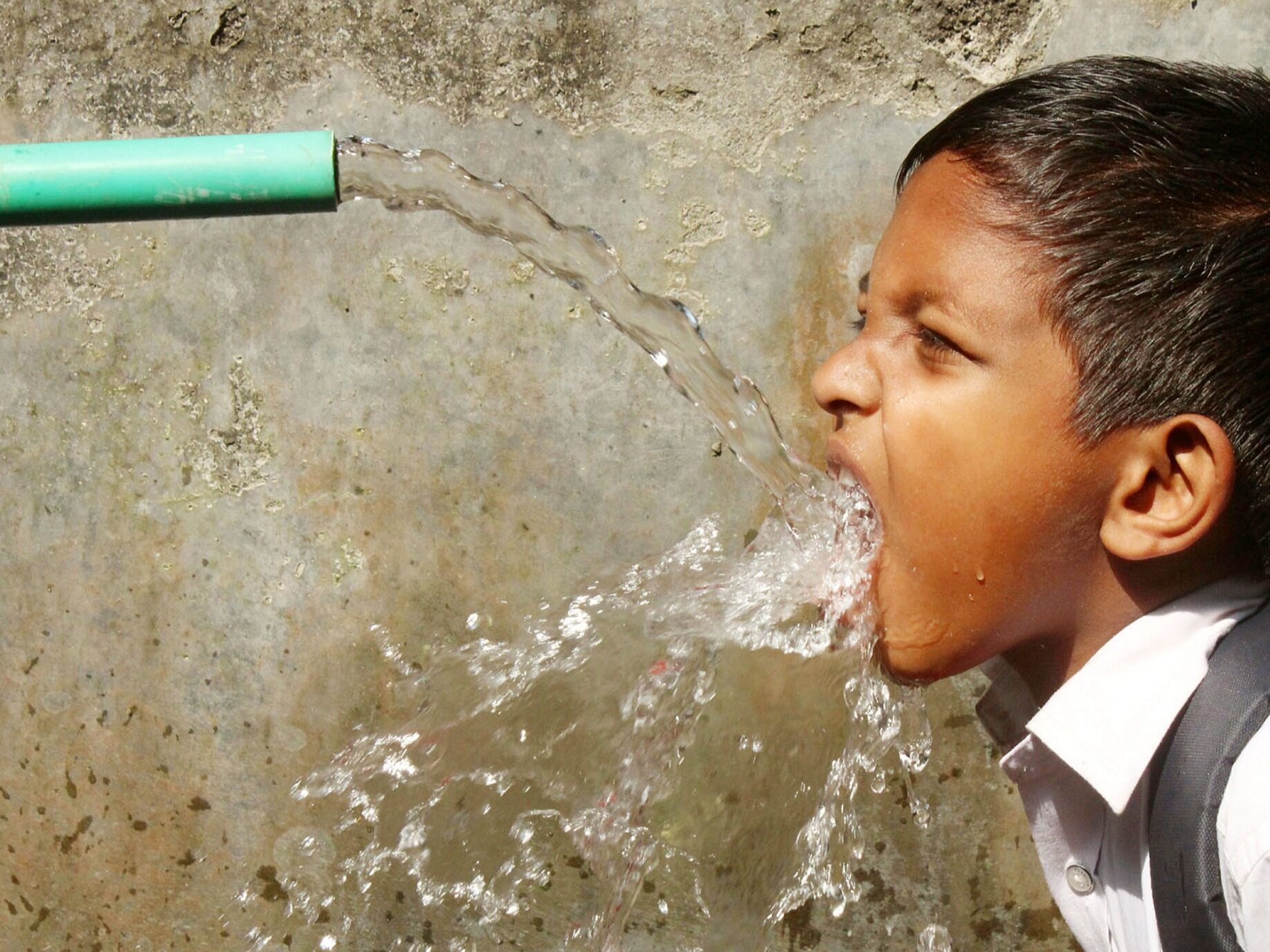
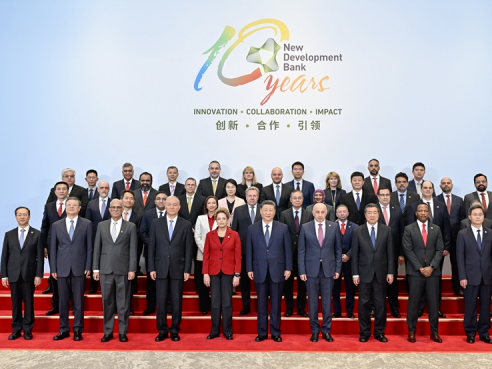
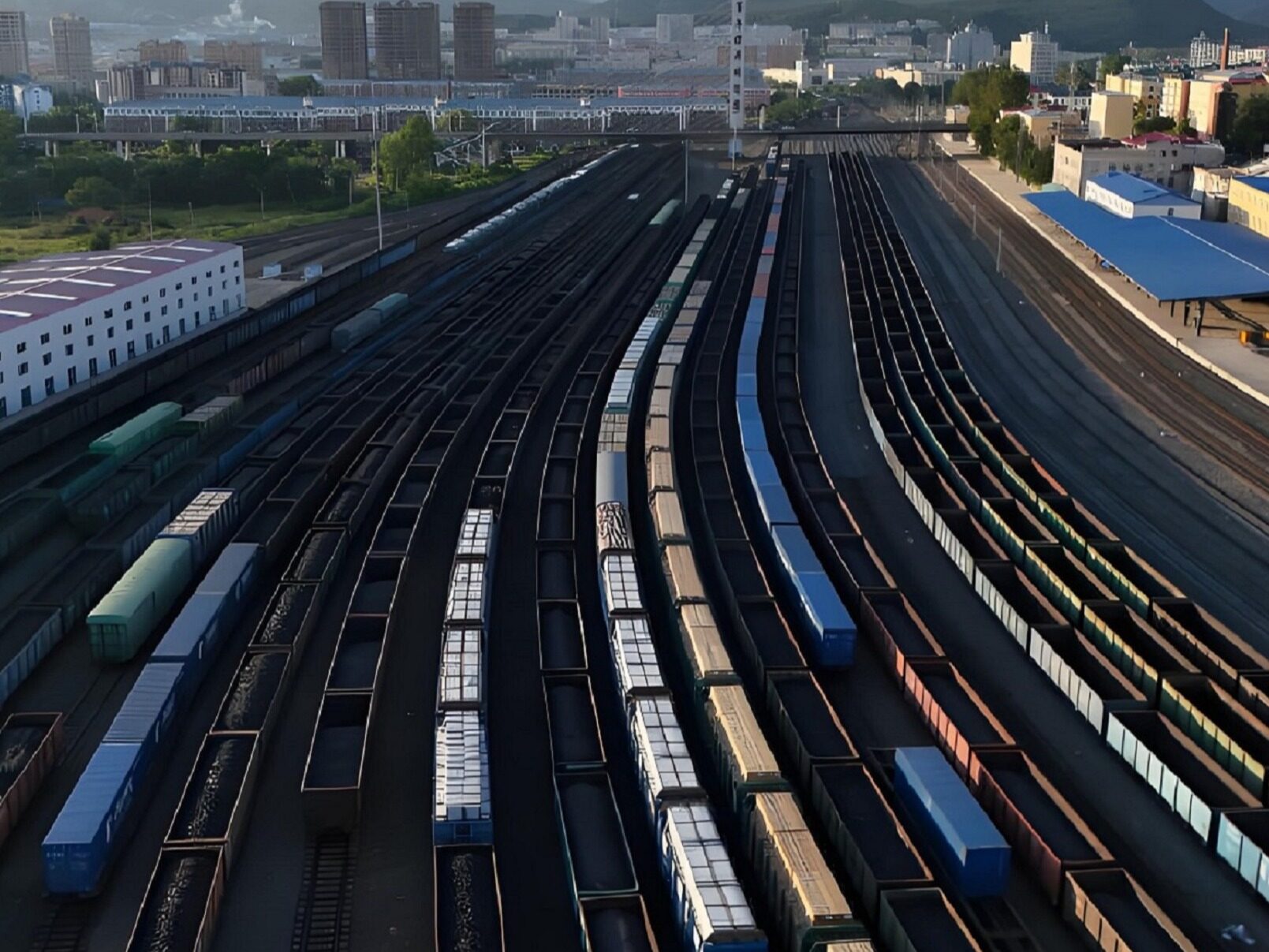
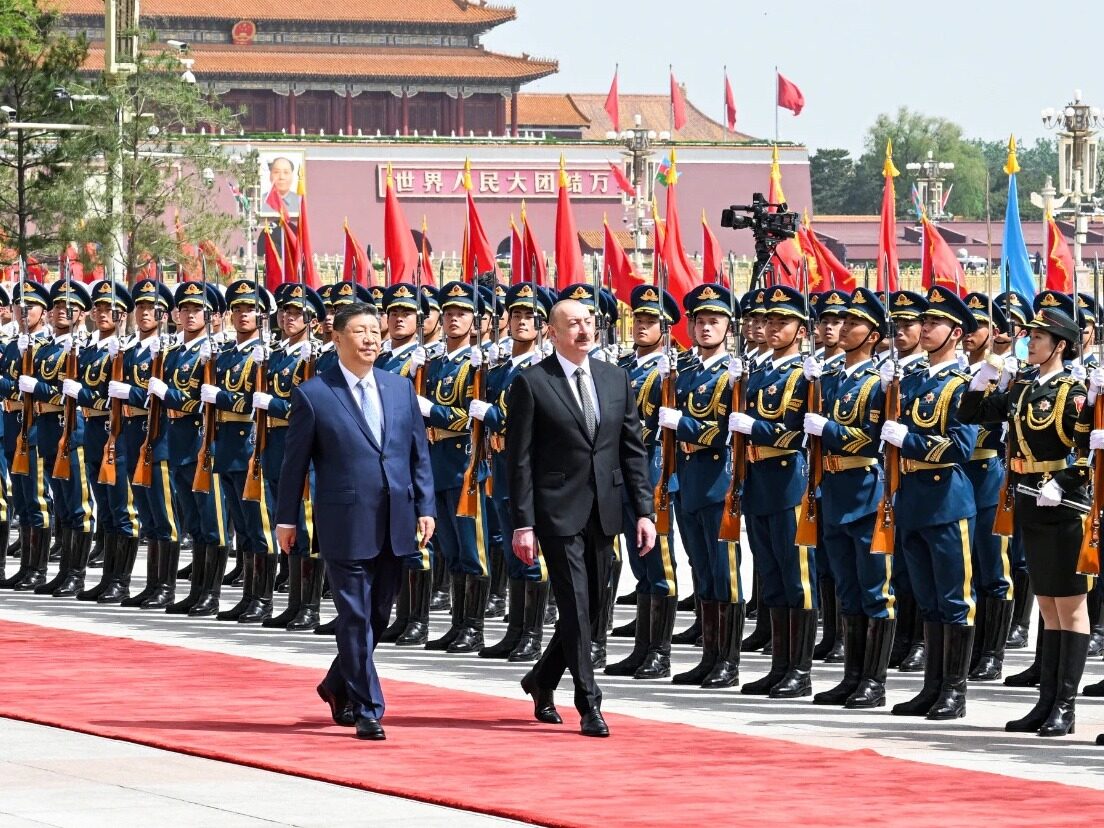
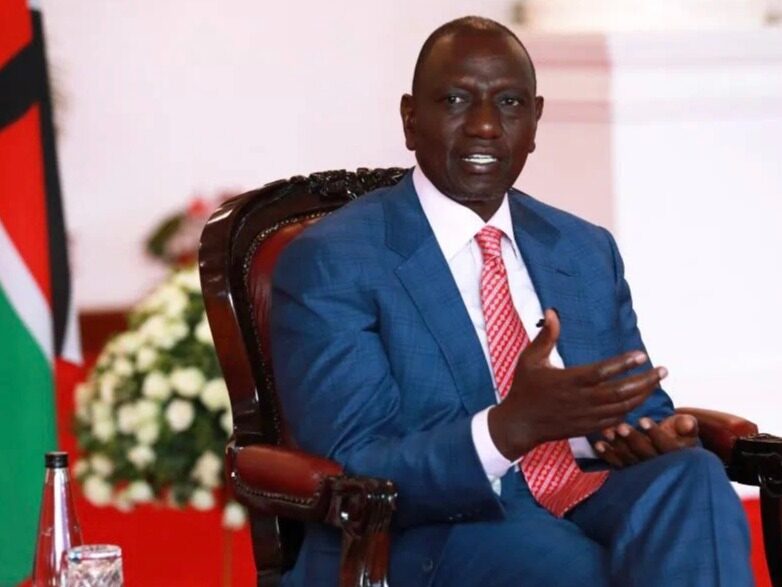
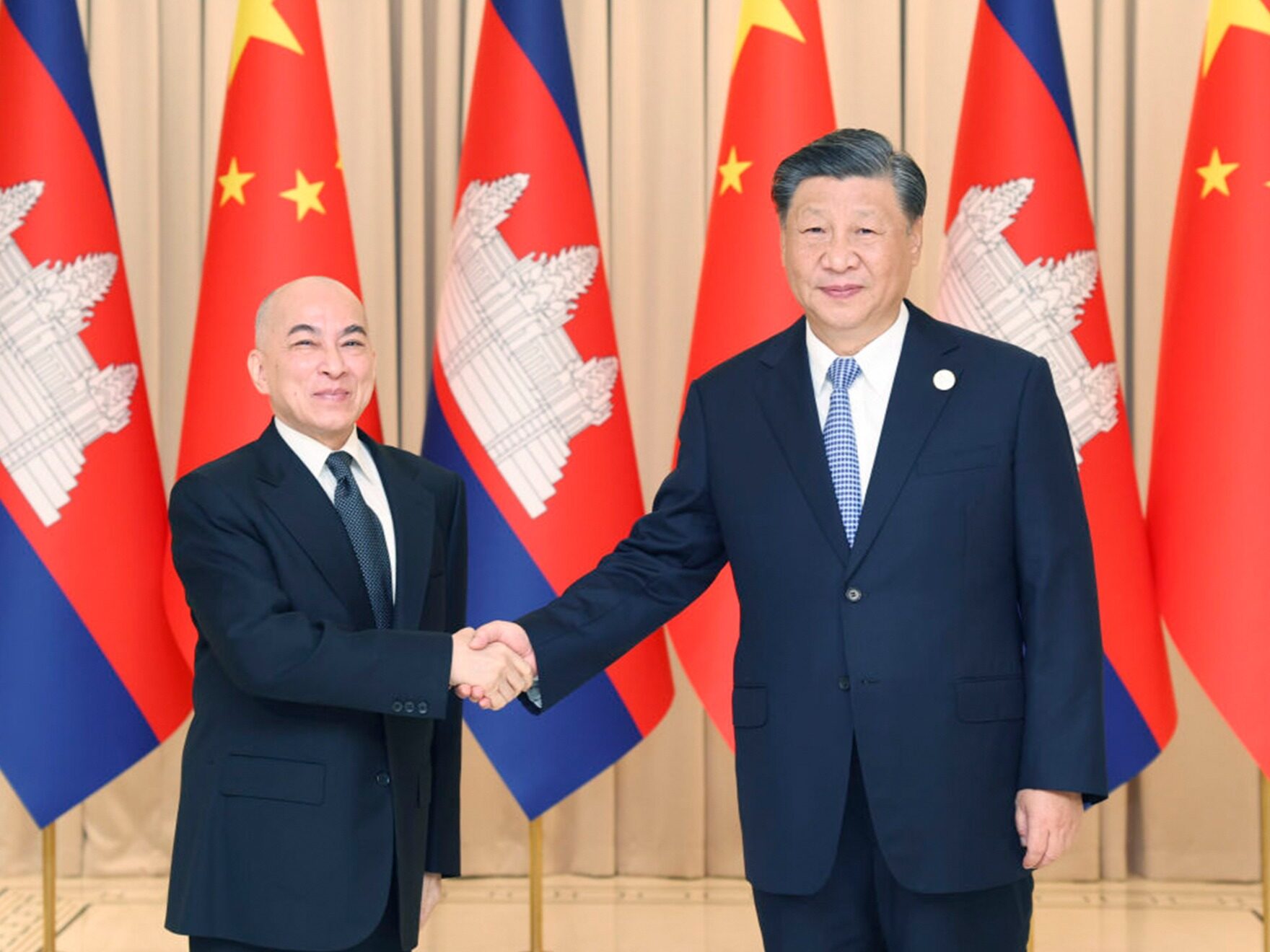






Write something~